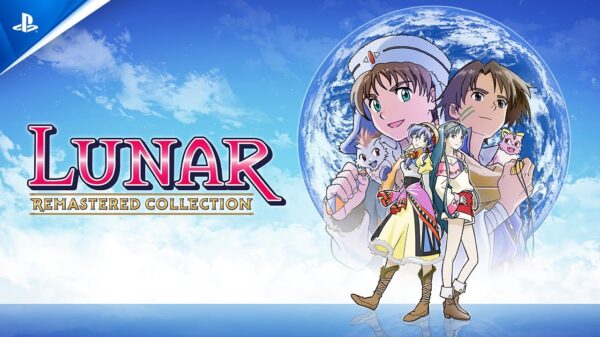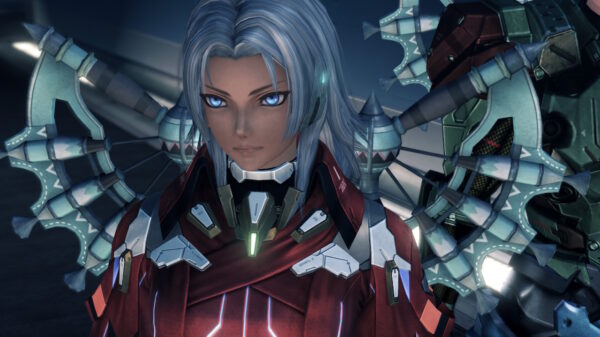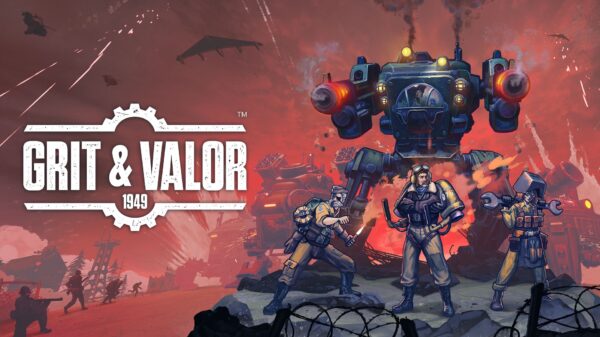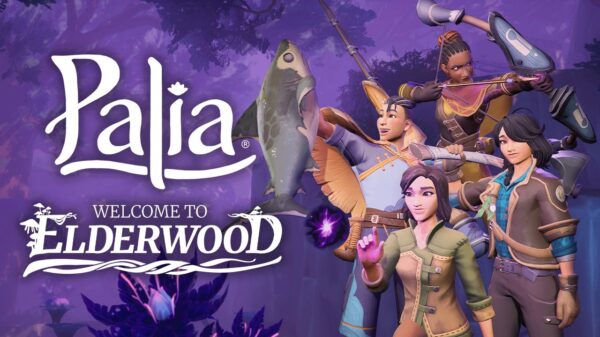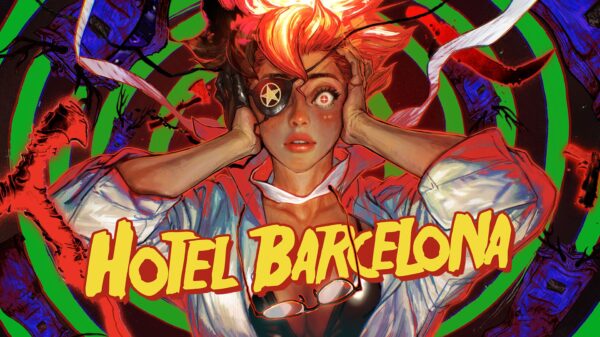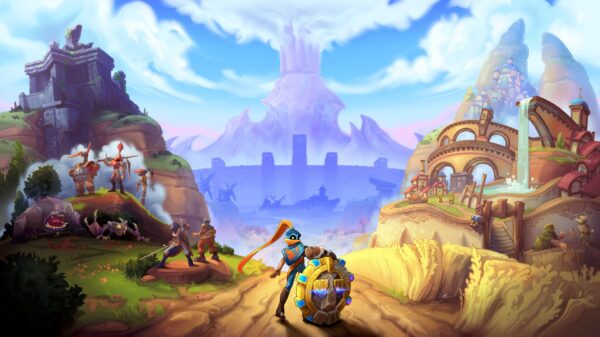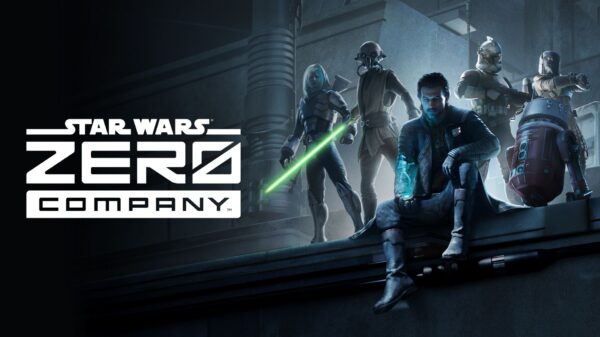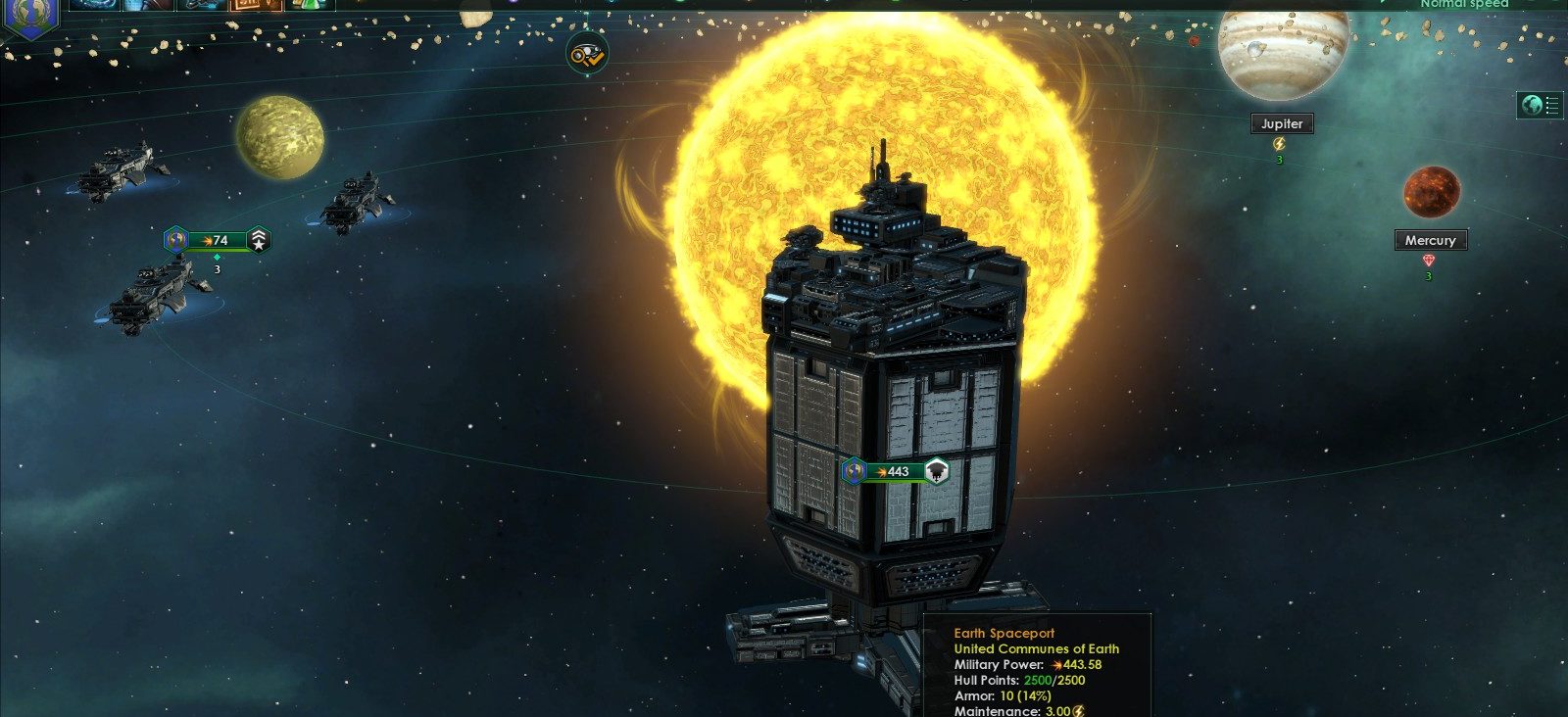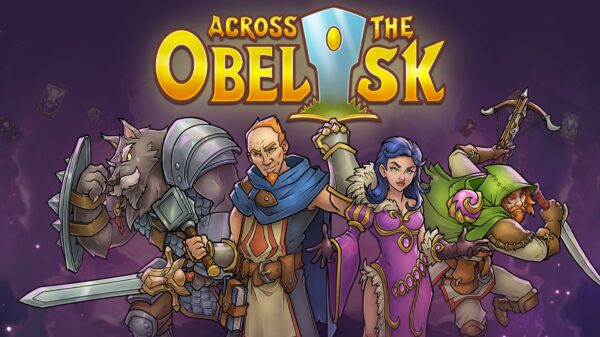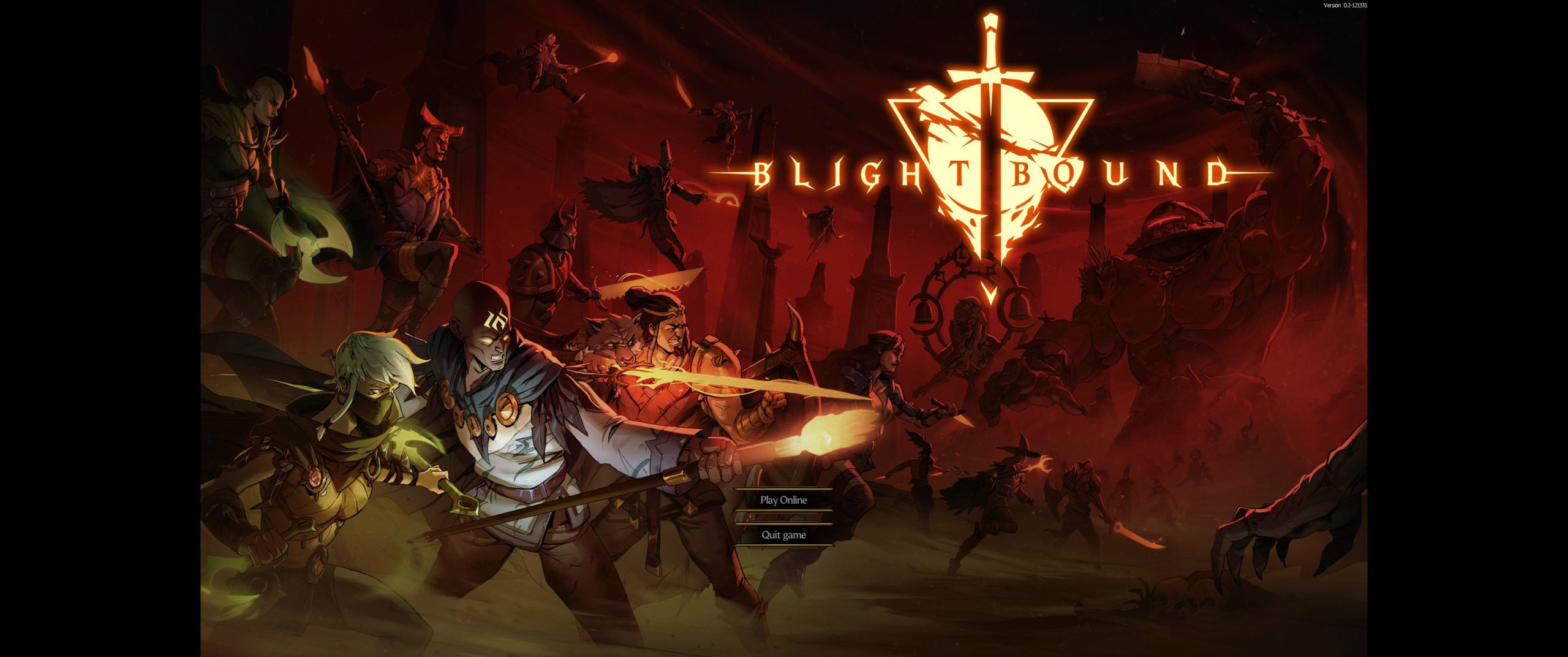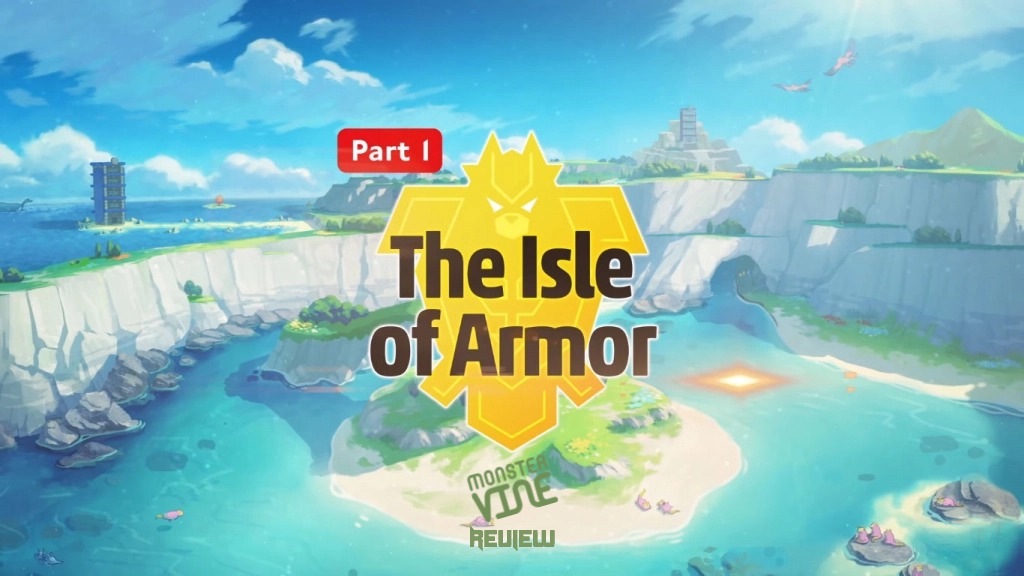It took me a long time to decide how to come at this review. Stellaris is an absolutely massive game, even if it’s more user friendly than its other 4X Paradox brethren from what I hear. At first I thought I would give a breakdown of all the different features and possibilities, but I don’t intend to write a novel here. Then I thought, perhaps a humorous retelling of my first experiences would be called for. But while I’m new to Paradox grand strategy, I’m by no means new to grand strategy, and felt even my first play through too boring and stable to make good narrative. I finally decided to break the game down to it’s three clear phases, that play almost as separate games. So, let’s talk Stellaris…
Stellaris
Developer: Paradox
Price: $39.99
MonsterVine was provided a PC code for review.
Before you even get into game though, you first have to decide who you want to play as. There are around eight or nine pre-fab races, including two human factions. If you decide none of these look your bag, you can make your own. The sheer number of aesthetic customization options are insane. There are six different types of aliens you can be, mammal, reptile, bug, fungus, bird, or squid. In each of those types, there are probably a dozen unique species each ranging from space parrots to weird slug-spiders. You then get to choose the naming scheme from a list of like fifteen different sets of fleet/person/planet name lists. You name your star/world and pick your planet type preference.
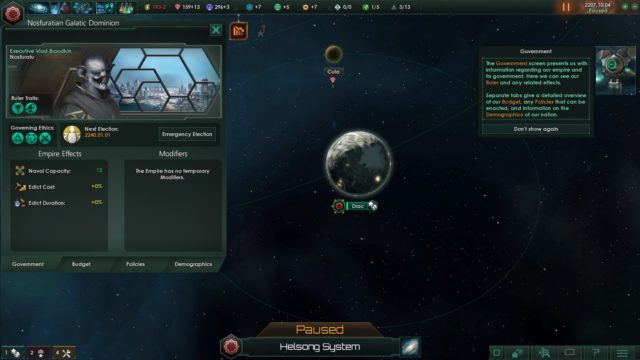
The Noble Space Vampire
Once you’re done with all that, you get to decide the real important parts of your race, their genetic traits and their beliefs. What you pick here will dictate the sort of actions your race are willing to make and how they will interact with alien life forms. For example, races that have the decadent gene don’t work at 100% without slaves while races that follow the xenophile ideology can’t colonize planets that have alien life. These traits are like picking your class in an RPG, they are what define the roads you can go down all the while shaping the character of your empire during the early years of the first phase.
The first phase of the game is what I’d call the Star Trek Exploration phase and it is the bread and butter of what makes this game so great. You start off your fledgling empire of space vampires, turtle-squid, boring humans, or what have you with a small fleet of three warships, an Enterprise-quse Science ship, and a construction ship and are told to get out there. Once you start exploring with your science ship the game quickly enters a non-stop marathon of just everything. You start to discover your first aliens, you research new tech, find habitable worlds, maybe even run into a precursor civilization or the old gods (yes, the old gods are out there). You start finding primitive civilizations to study or probe or enlighten. You end up running all over the place managing construction, colonization, the ever volatile early economy, and the torrent of discoveries coming in from your science ships. The early game is also where the more personal narratives that Stellaris does so well really shines. You start off with a core of young, inexperienced leaders. You watch as they grow and begin to develop traits, which while strictly speaking are just numerical buffs, still give your characters some real story.
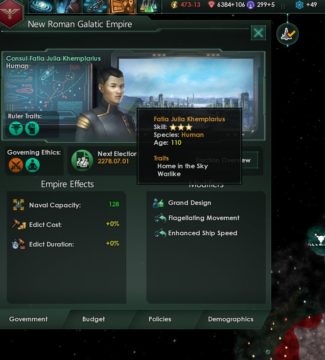
Some how this old war hawk ran my government for the next like fifty years. Only hatred of bird-people sustaining her.
A perfect example is an admiral from my first game (above) that lead the fleet that defeated my aggressive, war-like neighbor. After the war she retired and remained on the sidelines until at the ripe old age of Ninety-Seven she got elected Consul due to the growing threat of bird-person separatist (the people she conquered). She put down the bird-person revolt through gerrymandering planets and enslaving the rebels that were left. Her harsh, but prosperous reign went on for another astonishing fifty plus years. She was elected consul every fours years until her death at age one hundred and sixty two. The career of my long lived admiral ended up spanning the transition period between the early game and the middle game tidily during my first game so much that I hardly noticed. It wasn’t until my more peaceful second go around that I really noticed the stark change between the two phases.
At a certain point in Stellaris everything starts to settle and you enter what I‘d call the Warring States phase. You have a clear idea of political layout of the galaxy, tech is chugging along nicely, and colonies are starting to flourish. You start running out of new places to explore and instead start focus on consolidating your empire and getting the good systems still up for grabs. This phase is when war usually starts popping up all over the place. AI empires will attack you and each other more and more frequently, rolling out the latest and greatest ship designs. Even in my peaceful scientist playthrough I ended up conquering three empires and installing peaceful lackeys in their place (you can choose to liberate in a war which allows you to basically make their nation have the same values as yours).

The Warring States period of the game can get a bit hectic.
War in Stellaris is interesting though, because you can’t simply wipe a troublesome thorn in your side out unless they are very small. When you declare war you have to set war demands. You can try to vassalize an enemy nation, have them cede some planets, or liberate planets and install a friendly puppet government. Once one side has enough victories to force the other to capitulate, war is over and ten years peace ensues (assuming you don‘t come to a lesser peace beforehand). This way you can’t simply conquer a thirty system empire, which would be a nearly impossible thing to deal with given how internal politics work in Stellaris, but it also means you can’t simply be wiped out by some AI who cared more about shiny warships than you did and took you by surprise. It’s an innovative and well balanced system that makes war a bit more fun and requires more strategic thinking. All this war eventually leads into the next phase which depending on how lucky/unlucky you are is either Crisis phase or Stagnation phase.
If Stellaris really has one glaring flaw it’s that it heavily favors war. Due to the way politics work in Stellaris, this creates a real problem. There are only two ways to win Stellaris, conquer everyone (which, yeah, good luck) or own 40% of habitable planets. The only realistic way to achieve either is through war. So during the warring states phase a few big players start to emerge. In response the first alliances start to form between the weaker nations and it begins to snowball. Eventually these alliances turn into federations and become strong enough to be a serious threat to the big guys. So the big nations gather up some underling empires to make their own federations. Suddenly the tumultuous free-for-all turns into a handful of huge federations, all too big to do each other much harm.

Of course there’s always the excitement of murdering hapless space amoebas and mining drones.
Paradox seems to realize this and added endgame crisis events to try to balance it out. There are three different types, but I’ve only run into one in both of my late games. How this crisis plays out determines whether the late game becomes overwhelming or stagnation. The crisis I ran into both times are the extra-dimensional invaders called the Unbidden. They’re basically weird energy monsters that disintegrate people and eat them. They have a big portal ala Pacific Rim and it’s your job to close it.
Until you close it, more and more Unbidden fleets come through, which are a terrifying 17k strength each (note during the warring states average fleets are between 1k and 5k). My first game I had the good-bad luck to have them spawn in my empire. Bad because I was at war with two separate federations and suddenly had an invasion force roughly 10 times bigger than my entire navy eating people in one of my sectors. Good because suddenly the game had big stakes and a fast pace again (though once I halted their advance, the leaking stagnancy started to shine through).
In my more peaceful game though, I wasn’t so lucky. The Unbidden popped out on the far side of the universe. I watched their advance with interest but was too far to help beat or be threatened by them. An interesting side effect I never noticed in my first game, and I’ll assume the same is true for the other crisis events, is that you get a pretty big bonus to diplomatic relations for ’mutual threat’. This would be great if there was some sort of victory condition where you unite the galaxy in some uber federation and go beat back the crisis, but sadly this isn‘t possible as of yet. Instead the effect causes all war to halt. Only the most belligerent nations still rattle sabers and wars between AI are rare. Federations make it so you can only declare war when you are president, so I ended up sitting around waiting for late game tech to tick away and for me to get the presidency so I could make some war.

You can find some amazing sights in Stellaris, all the systems are super diverse.
All this isn’t to say that I think the game is irredeemably flawed, quite the opposite. A lot of the UI and bug issues it had when I was first playing where cleared up with the Clarke update and I have every reason to think these balance issues will be worked out in short order. Honestly, with a game this big and this ambitious, bugs and balance issues are pretty much expected. Even with all I’ve talked about I haven’t touched strategic resources, genetic manipulation, Kaiju and Xenomorph taming, or a whole host of other crazy things you can do in this game. Stellaris is simply fantastic and I hearty recommend it to anyone who loves complex multi-layered strategy games or pretty much anyone looking for some space empire fun.
 The Final Word
The Final Word
Stellaris is a massive and engaging grand strategy game that is unfortunately saddled with some balance issues and a whole host of bugs. The myriad of options and depth of content more than out weigh those issues though and with it’s continual evolution through patches I think it is likely that the best Stellaris has to offer is yet to come.
– MonsterVine Rating: 4.5 out of 5 – Great




